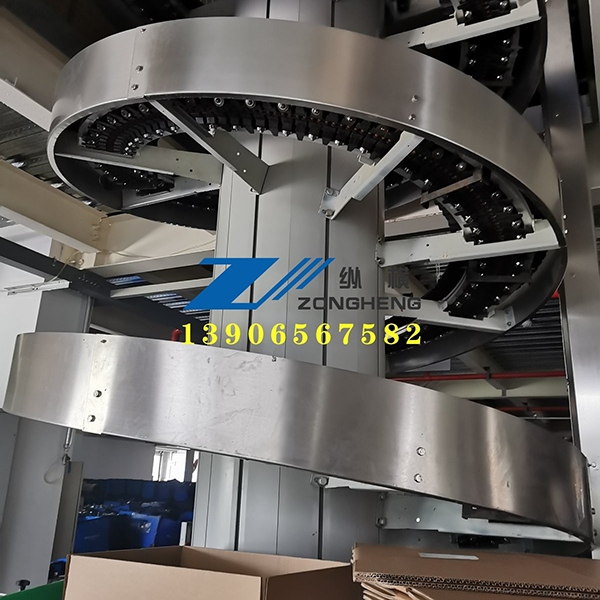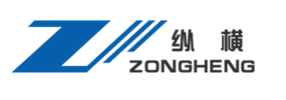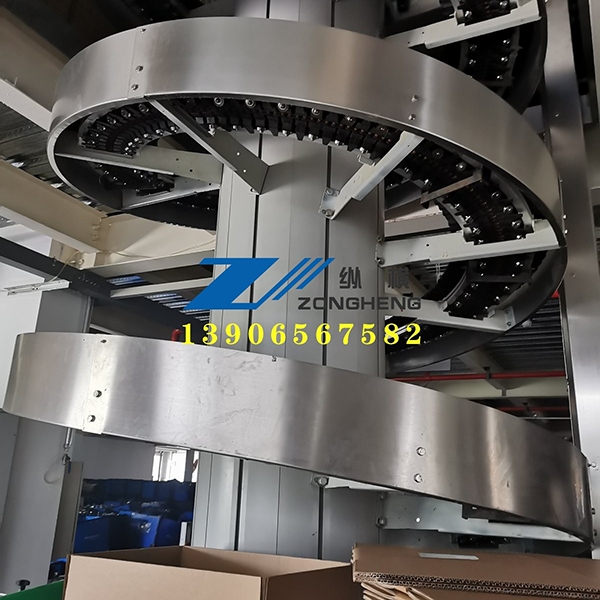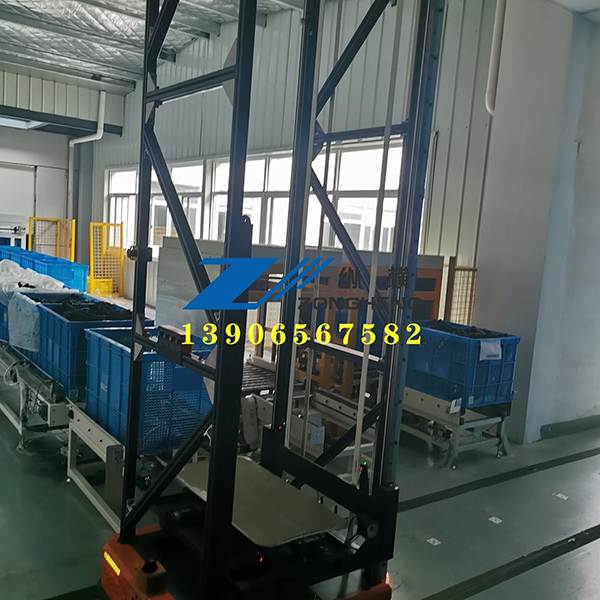Rotary Conveyor Line
Rotary conveyor line refers to the conveyor with the function of rotation, which can transfer the materials between different angles. It usually consists of two parts: a rotating part and a conveyor belt part. The rotating part enables the conveyor belt to rotate around a center axis, thus changing the conveying direction. This type of conveyor is widely used in the field of logistics, assembly line, etc. It can flexibly adjust the conveying route.
Details
1. Structural Composition
The rotary conveyor line, such as logistics rotary conveyor line, electric belt turning rotating conveyor, and stainless steel rotary conveyor line, is mainly composed of a conveyor belt (or roller), a driving device, a supporting and guiding structure, and other parts. The conveyor belt forms a closed path, while the roller rotates along the belt, thus driving materials to move efficiently on the belt. The drive unit usually consists of a motor, reducer, or chain drive shaft to power the conveyor line. Supporting and guiding structures ensure the stability and accuracy of all rotary conveyor types during operation, whether for heavy-duty logistics or precision-driven belt systems.
2. Working Principle
Rotary conveyor lines, including logistics rotary conveyor line and electric belt turning rotating conveyor, mainly convey materials through the rotation of rollers or conveyor belts. Take the stainless steel rotary conveyor line as an example: its rollers—core components made of corrosion-resistant stainless steel—offer a large surface area to increase friction with objects. The chain, as the transmission device, connects rollers to the motor. The motor transmits power via a reducer or chain drive shaft, enabling roller rotation and driving materials forward. For electric belt turning rotating conveyor systems, belt tension and motor control ensure smooth directional changes in material flow.
3. Features and Advantages
High Efficiency: Thanks to continuous roller or belt rotation, rotary conveyor systems like logistics rotary conveyor line and stainless steel rotary conveyor line enable high-speed, smooth material transport, significantly boosting production efficiency. For instance, electric belt turning rotating conveyor setups optimize throughput in sorting or packaging lines.
Flexible Layout: Rotary conveyor designs adapt to complex environments, with configurations like straight lines, turns, or inclines. Logistics rotary conveyor line systems, for example, can integrate sharp turns in warehouse sorting, while stainless steel rotary conveyor line setups suit hygienic, corrosion-resistant food processing environments.
Wide Applicability: From heavy logistics cargo on logistics rotary conveyor line systems to delicate items on electric belt turning rotating conveyor belts, these solutions handle diverse goods.
Smooth and Safe: All rotary conveyor types operate quietly with minimal material damage, ensuring safety. Stainless steel rotary conveyor line systems further enhance reliability in harsh or wet conditions.
Easy Maintenance: With simple structures—rollers/belts, frames, and drive units—all rotary conveyor models, including logistics rotary conveyor line and electric belt turning rotating conveyor, allow straightforward daily upkeep.
4. Application Scenes
Rotary conveyor systems are widely used across industries. In logistics sorting, logistics rotary conveyor line networks enable rapid goods transportation and sorting. In food processing, stainless steel rotary conveyor line setups ensure hygienic transport of raw materials and finished products. For packaging lines, electric belt turning rotating conveyor systems efficiently maneuver packaged goods through curved or angled paths, optimizing workflow in manufacturing and distribution.



